Atelier Tao+c designs monochrome multi-brand boutique in Zhengzhou
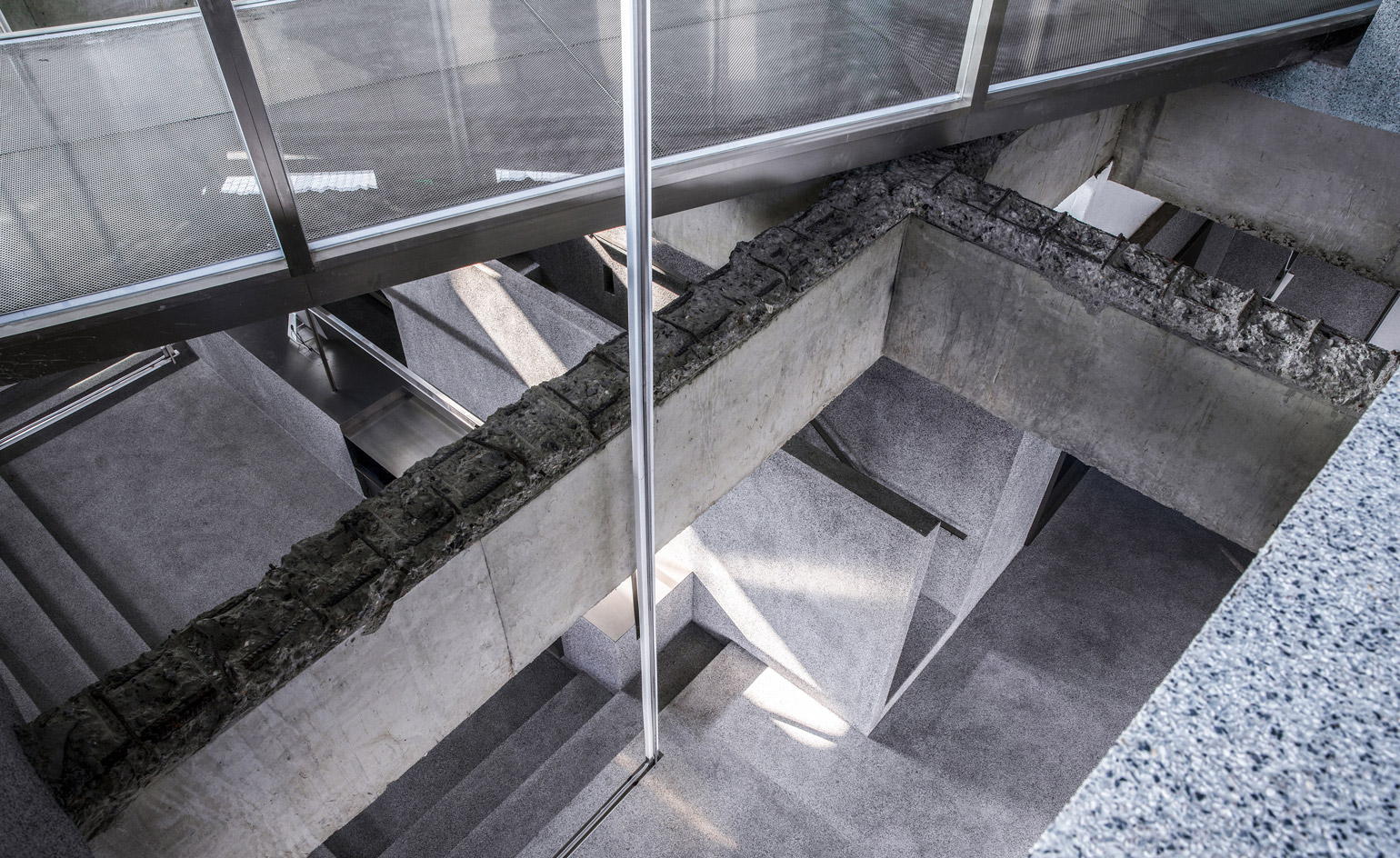
Simplicity reigns supreme at JHW. A single colour – grey – cloaks the space and two materials – washed granolithic plaster and brushed stainless steel – dominate at this new multi-brand boutique in the city of Zhengzhou in central China.
A pioneering concept for Henan province’s capital city, JHW exclusively stocks emerging Chinese designers, featuring the likes of Feng Chen Wang and Unawares, with a focus on men’s streetwear alongside a scattering of accessories and womenswear. The 405 sq m, two-storey store was designed by Shanghai-based Atelier tao+c, a small studio established in 2016 by architects Chunyan Cai and Liu Tao.
Located in a nondescript shopping mall, a glass box used for rotating window displays juts out of JHW’s storefront. Inside, pops of colour from the carefully curated selection of designer garments on stainless steel racks contrast against the austere all-grey interior. ‘We intended to give a very sterile background for the brands,' says Cai. Matt grey floors and walls of washed granolithic plaster are both complemented by and juxtaposed against perforated sheets of shiny stainless steel on the windows which project evocative shadows into the space.
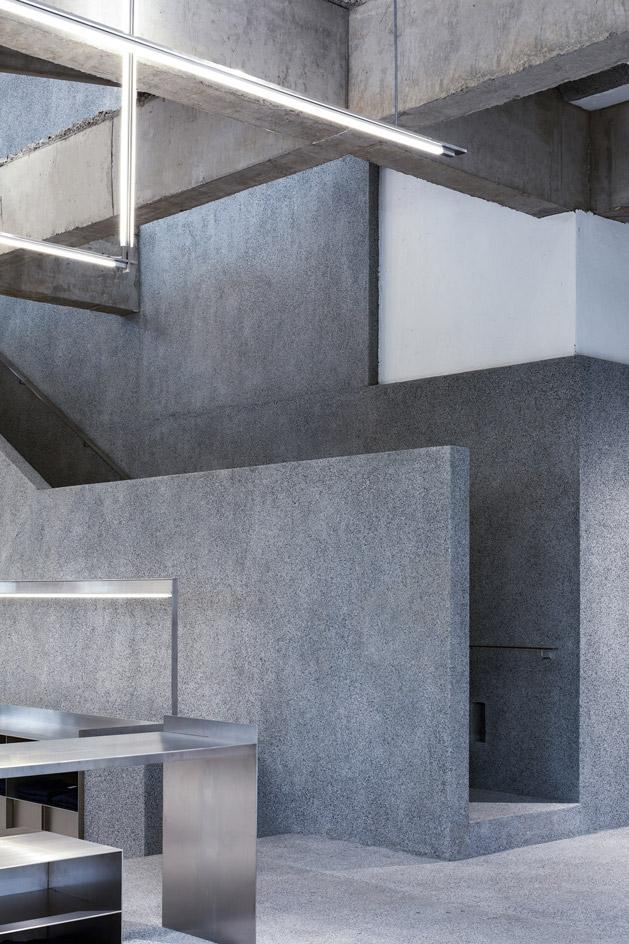
JHW store designed by Atelier tao+c in Zhangzhou, China.
Now known as ‘Shanghai plaster' throughout Southeast Asia, granolithic cement was favoured in 1920s Shanghai for the city’s iconic Art Deco façades, later spreading to Hong Kong and Malaysia. Through this exposed aggregate finish, the architects sought to evoke memories of one of China’s most dynamic, creative eras and a sense of the local. ‘It was popular in the 20s but then disappeared. In the 60s and 70s, it regained popularity not in Shanghai but in small towns like where we grew up – in schools, factories and lots of institutional buildings,' recalls Cai. ‘When we think of our childhood, of school – it’s that material.'
Three steps create a sunken section in front of the reception desk, an area that can be utilised for designer talks and special events. Above, a portion of the second floor has been removed to create a soaring double-height space, with two intersecting concrete beams left raw and intact to form a cross.
Stern stainless steel rods with LED lighting, designed by Tao and Cai, connects the two storeys, running along the ceiling of the ground floor before shooting up vertically through the opening and into the second floor. The upper level mimics the first: a glass box projects out across the opening, displays made of intersecting 5mm-thick stainless steel plates showcase the apparel on Shanghai plaster-finished floors and perforated metal sheets filter the sunlight, casting surprising, playful shadows into the space – an equally surprising find in Zhengzhou.
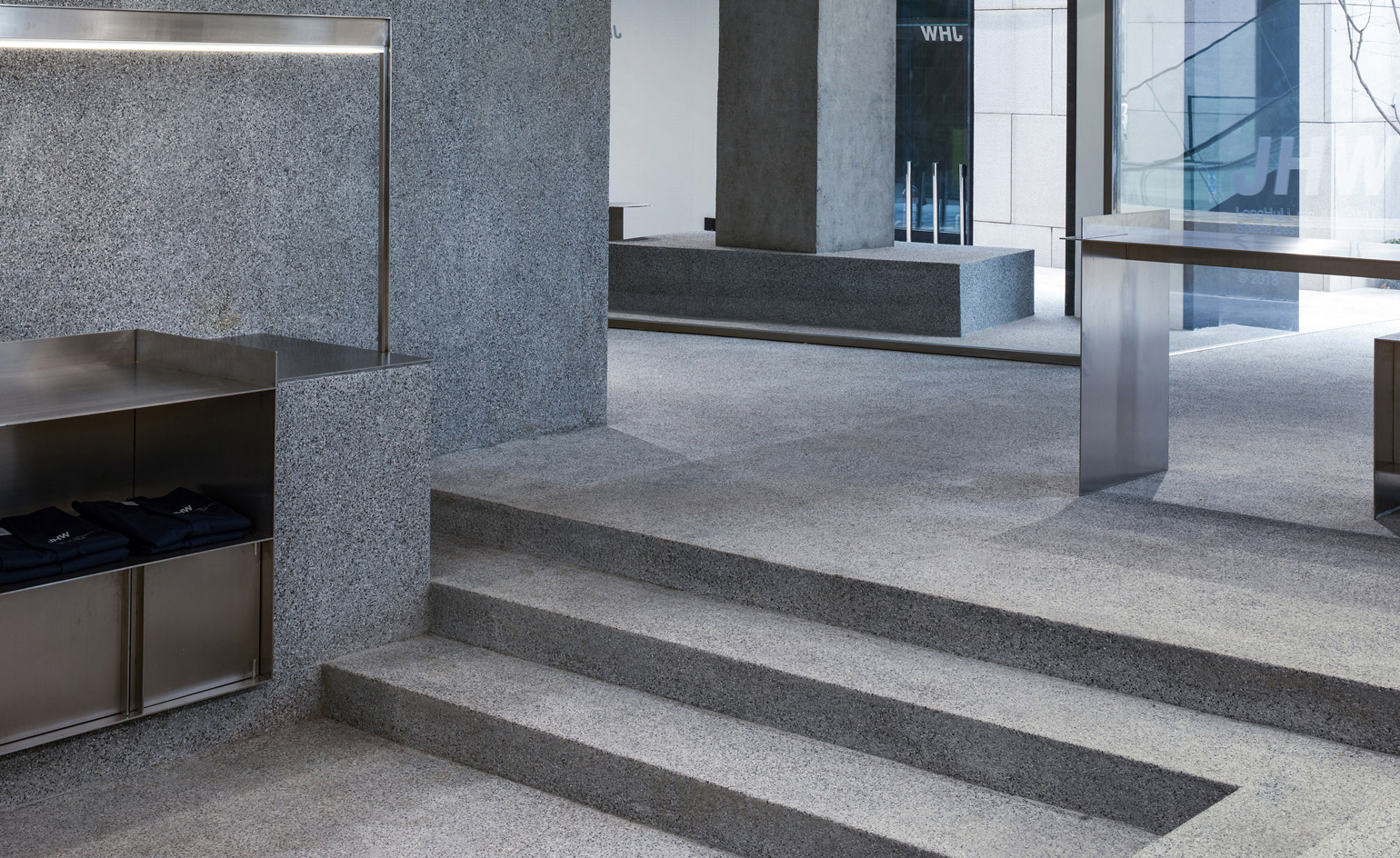
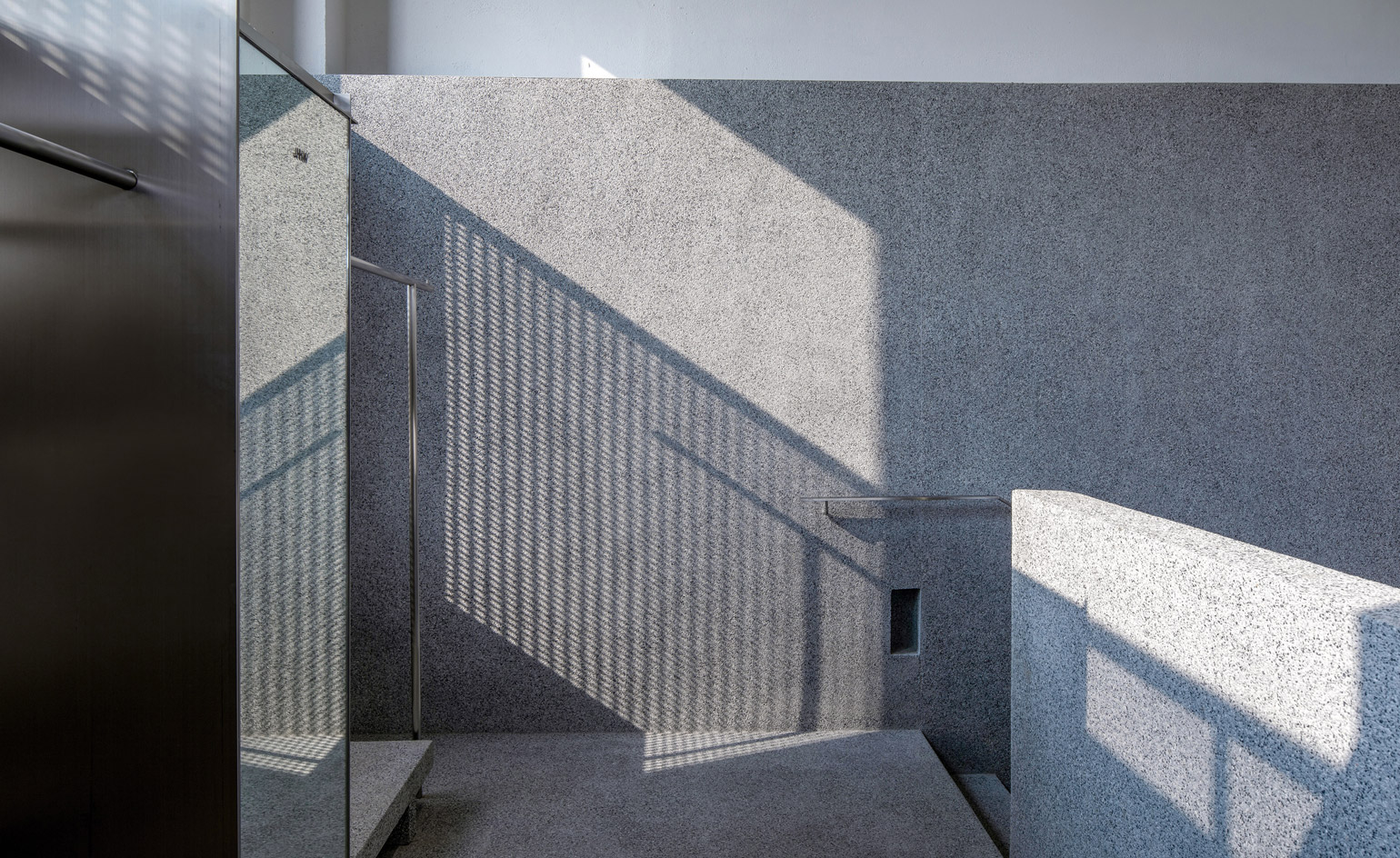
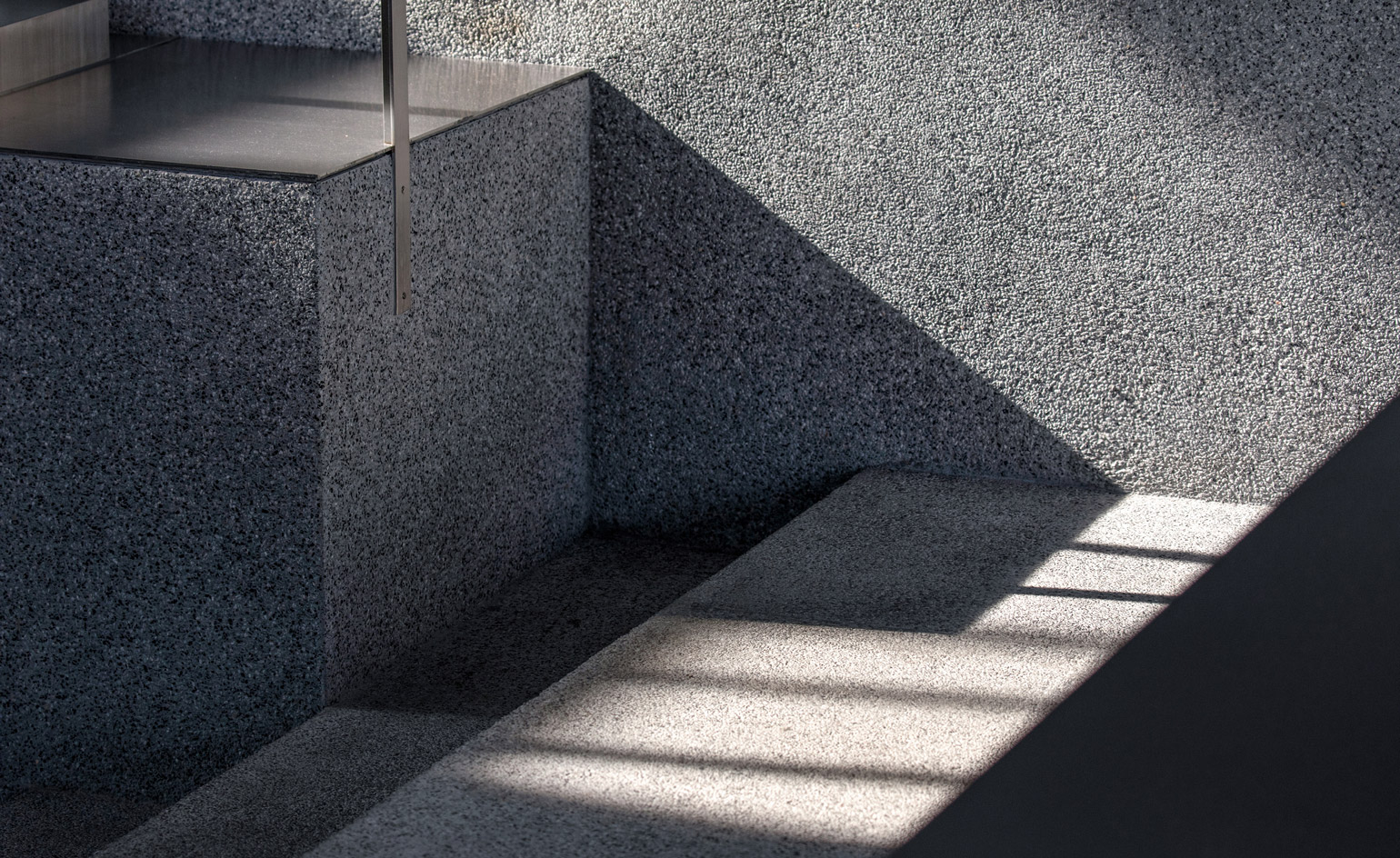
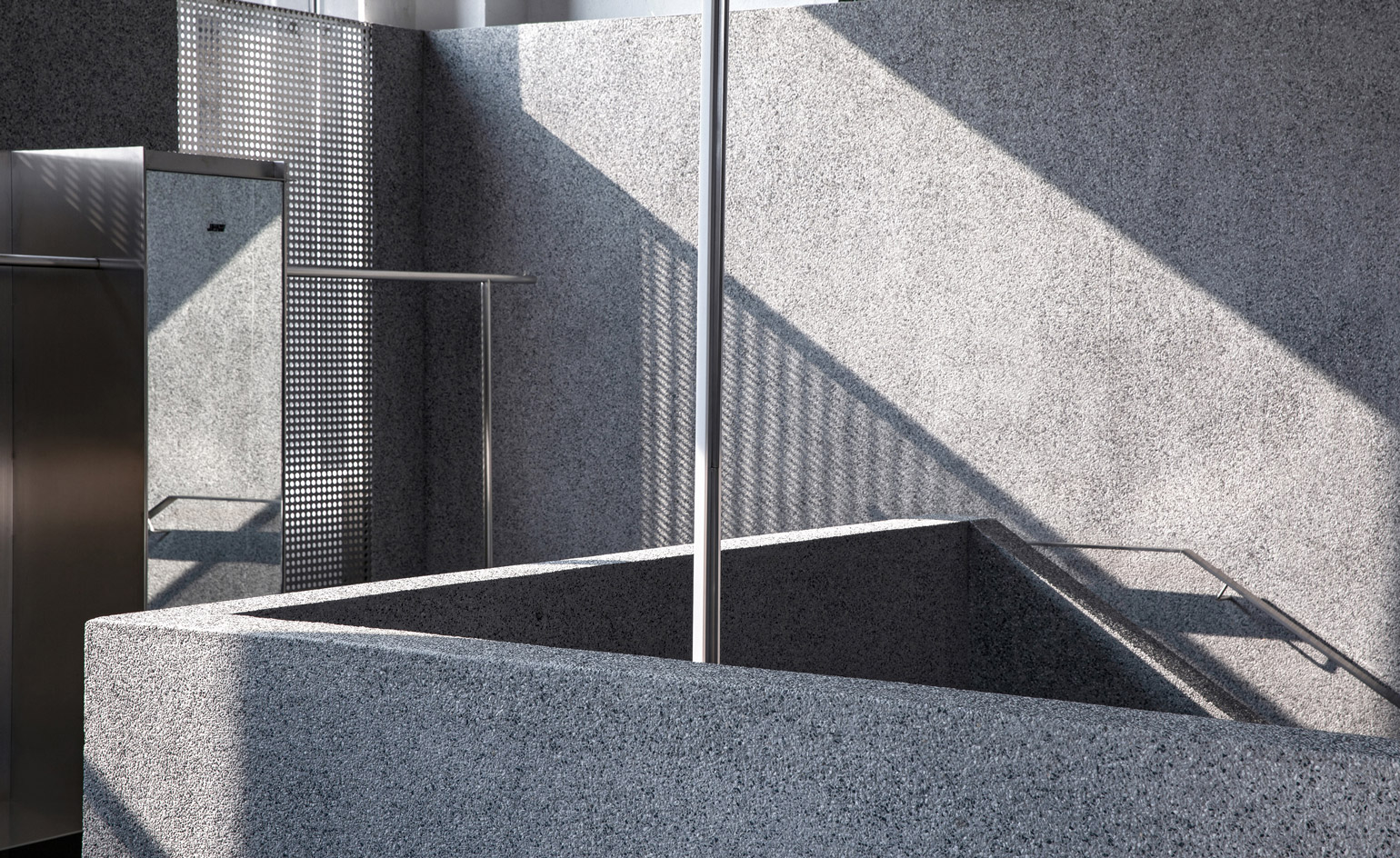
Information
For more information, visit the Atelier tao+c website
Address
B107, Longhu Li
67 Longhu Zhong Huan Road
Zhengzhou, China
Wallpaper* Newsletter
Receive our daily digest of inspiration, escapism and design stories from around the world direct to your inbox.
-
 All-In is the Paris-based label making full-force fashion for main character dressing
All-In is the Paris-based label making full-force fashion for main character dressingPart of our monthly Uprising series, Wallpaper* meets Benjamin Barron and Bror August Vestbø of All-In, the LVMH Prize-nominated label which bases its collections on a riotous cast of characters – real and imagined
By Orla Brennan
-
 Maserati joins forces with Giorgetti for a turbo-charged relationship
Maserati joins forces with Giorgetti for a turbo-charged relationshipAnnouncing their marriage during Milan Design Week, the brands unveiled a collection, a car and a long term commitment
By Hugo Macdonald
-
 Through an innovative new training program, Poltrona Frau aims to safeguard Italian craft
Through an innovative new training program, Poltrona Frau aims to safeguard Italian craftThe heritage furniture manufacturer is training a new generation of leather artisans
By Cristina Kiran Piotti
-
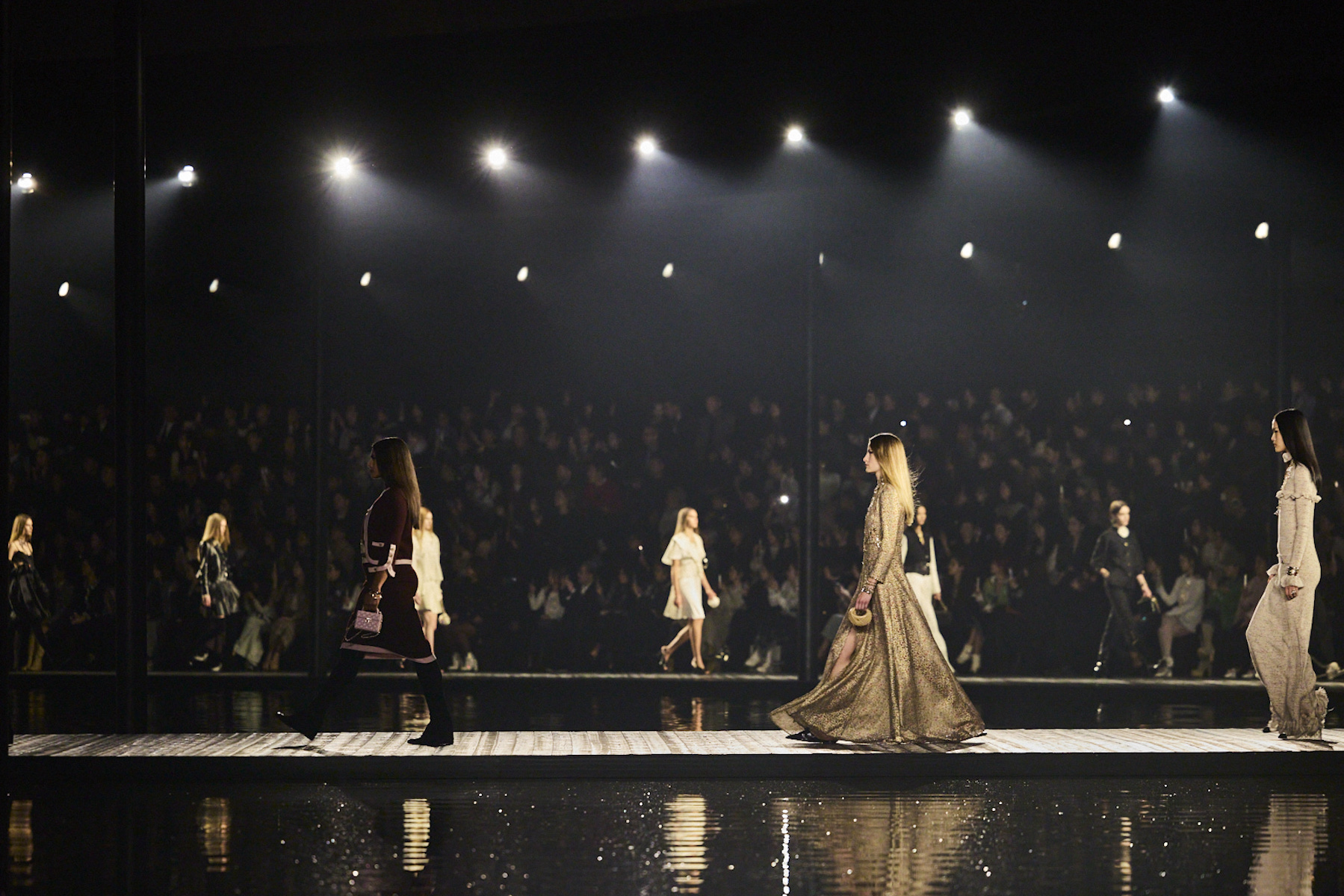 Chanel heads to Hangzhou, China for a poetic Métiers d’Art 2025 show
Chanel heads to Hangzhou, China for a poetic Métiers d’Art 2025 showThis evening in China (3 December 2024), Chanel travelled to Hangzhou’s much-mythologised West Lake, a Unesco World Heritage site, for a show that highlighted the extraordinary craft of the house’s artisans
By Jack Moss
-
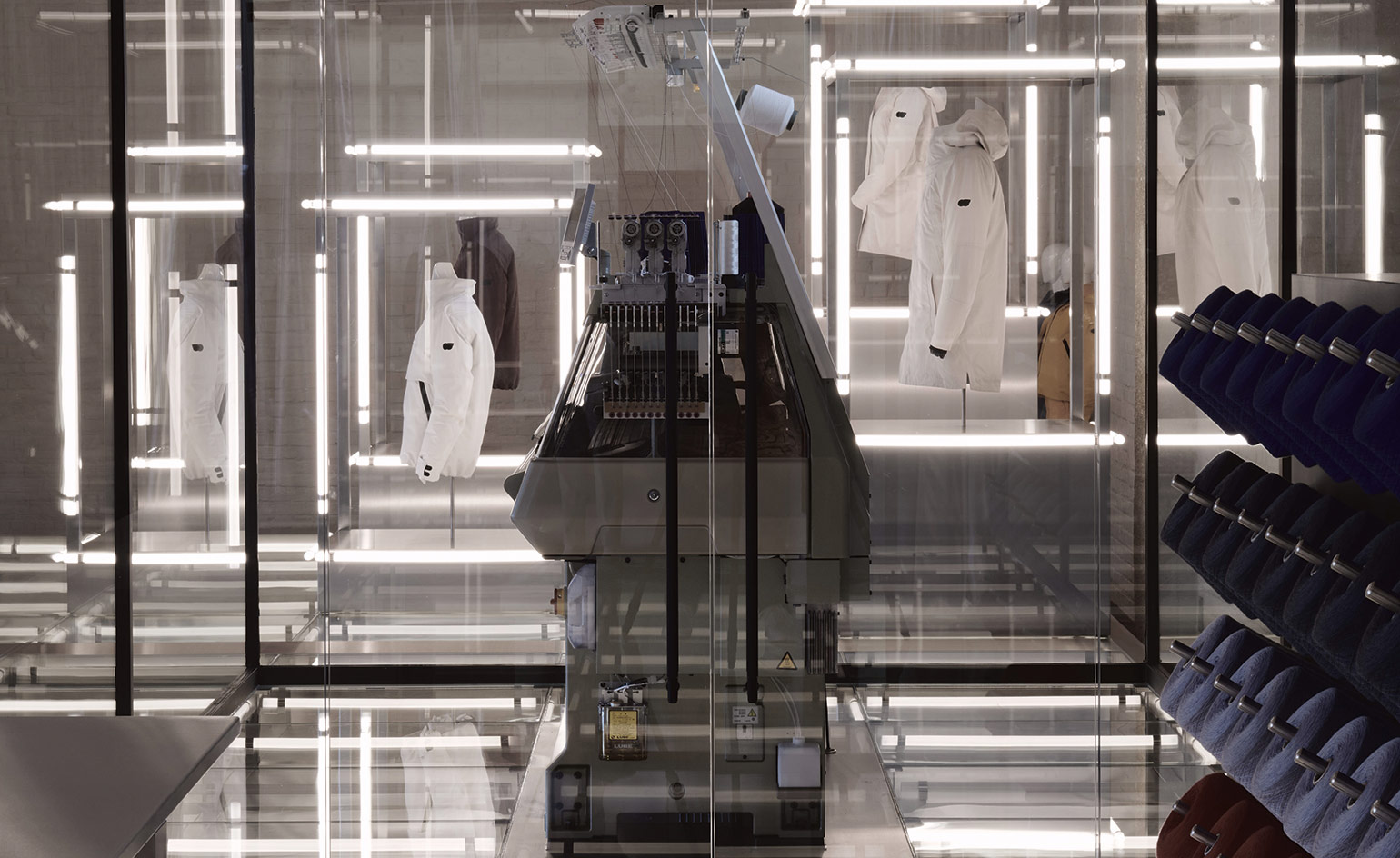 AlphaTauri’s Salzburg HQ is a science fiction fantasy
AlphaTauri’s Salzburg HQ is a science fiction fantasyBrowse in-store, buy online: the future-focused mentality of AlphaTauri
By Simon Mills
-
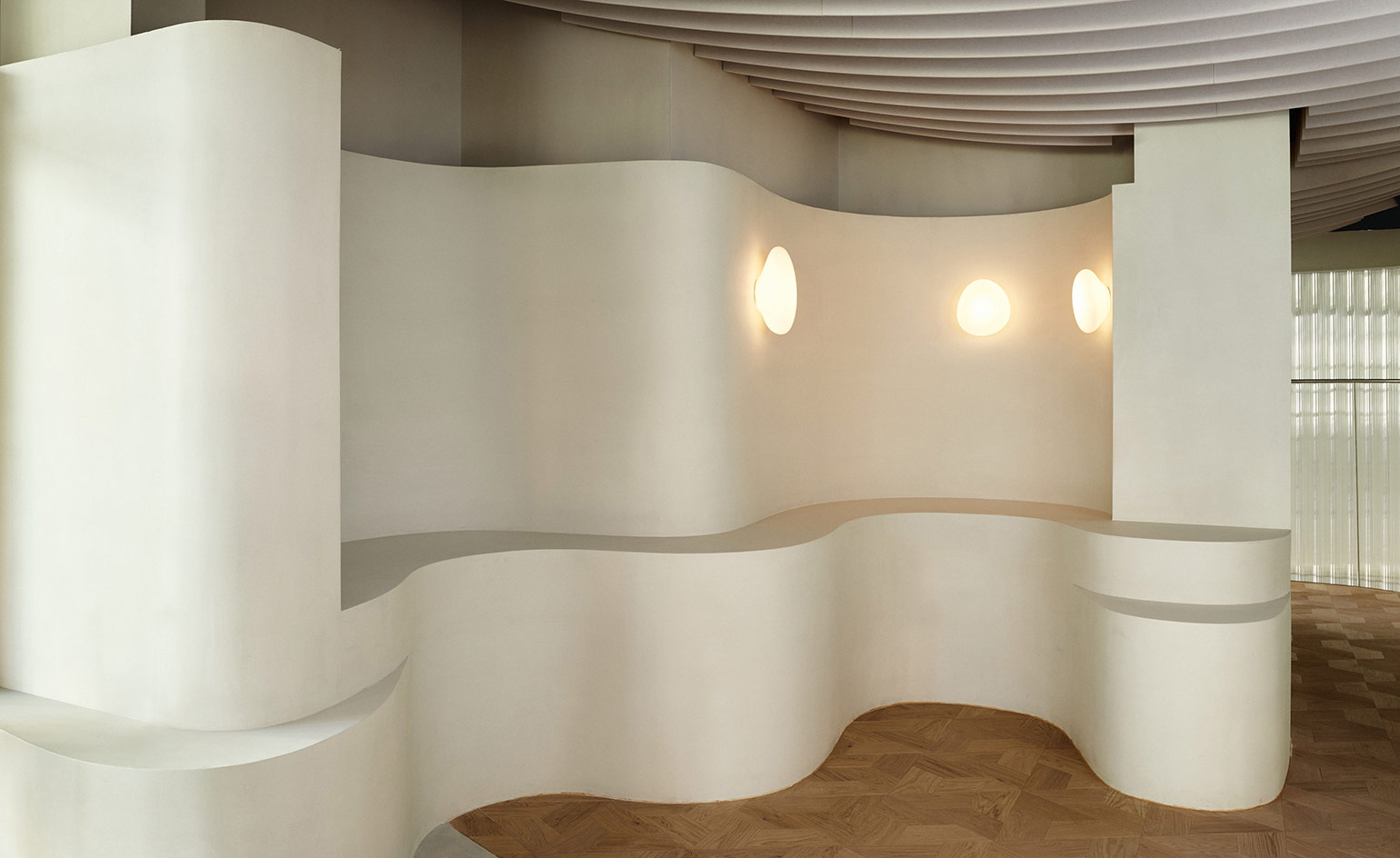 Water inspires Holzweiler’s Snøhetta-designed Oslo flagship
Water inspires Holzweiler’s Snøhetta-designed Oslo flagshipHolzweiler Platz, the new retail destination of fashion brand Holzweiler in Oslo, is designed by architects Snøhetta as a naturalistic space that unites fashion, art and food
By Laura Hawkins
-
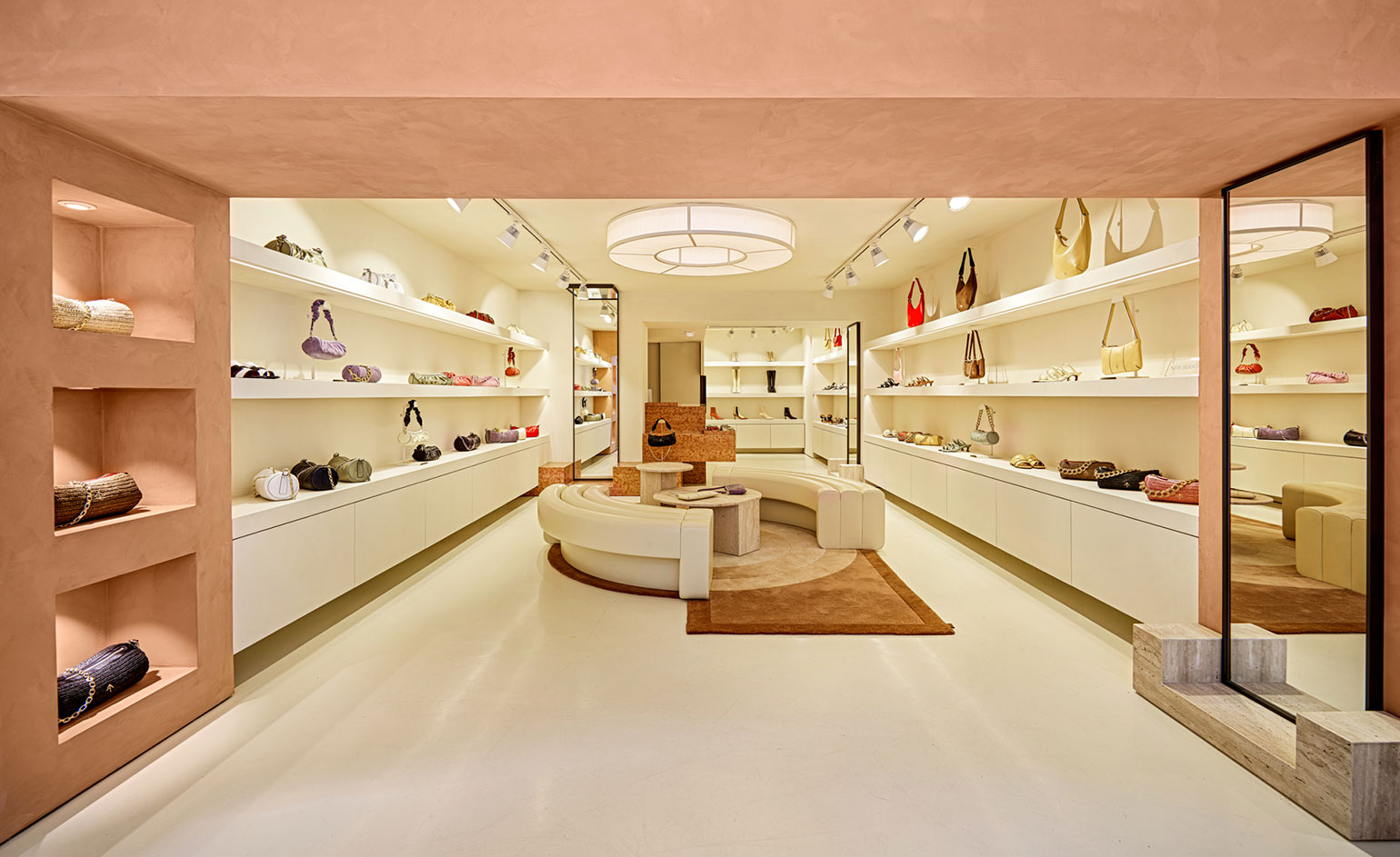 Manu Atelier's first boutique nods to Le Corbusier in Istanbul
Manu Atelier's first boutique nods to Le Corbusier in IstanbulThe cult Istanbul-based label introduces bold, sculptural expressionism into this first bricks and mortar store
By Laura Hawkins
-
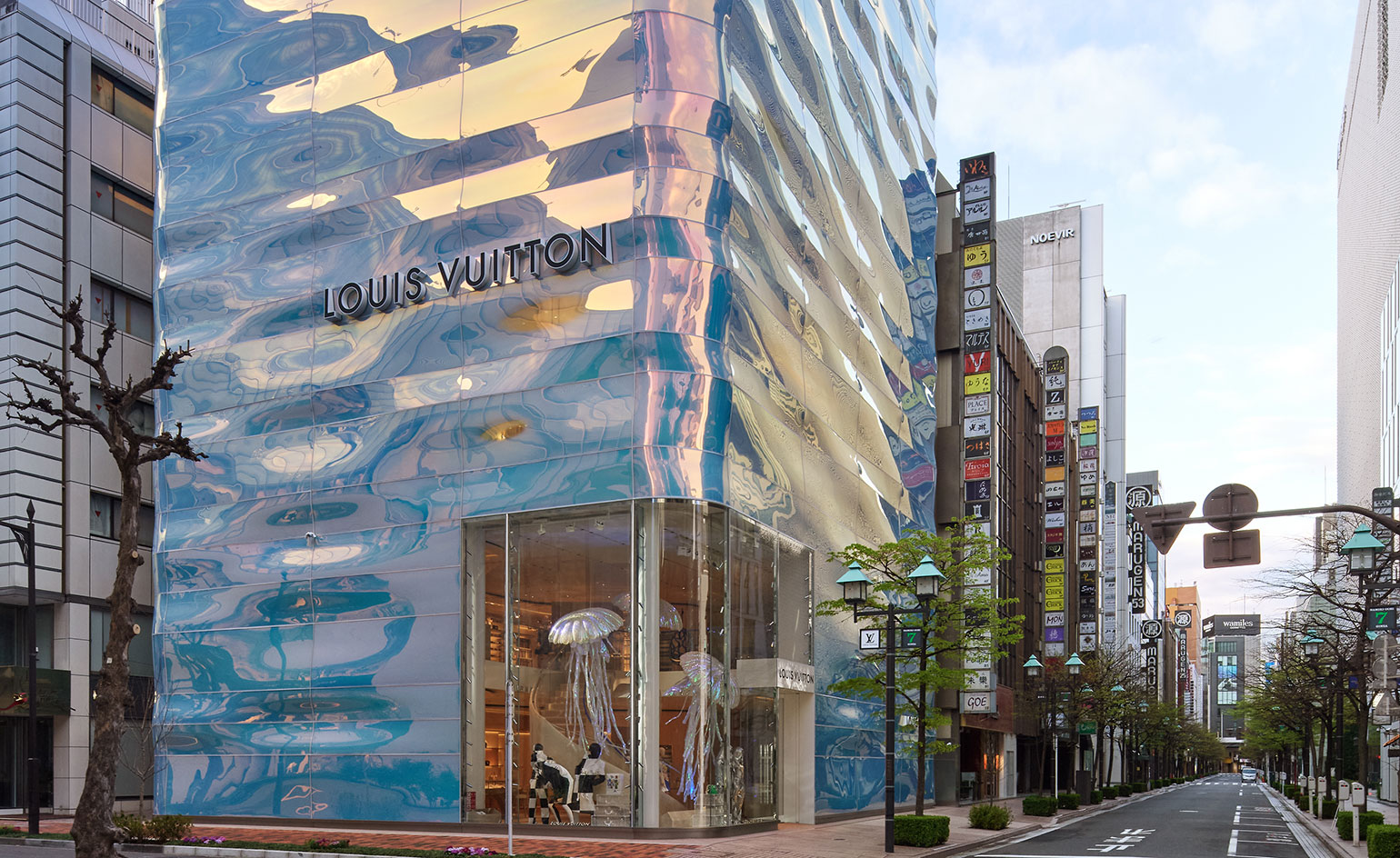 Louis Vuitton's Ginza Namiki flagship evokes a rippling pillar of water
Louis Vuitton's Ginza Namiki flagship evokes a rippling pillar of waterJapanese architect Jun Aoki creates a water-like facade for Louis Vuitton's Ginza Namiki Tokyo flagship
By Danielle Demetriou
-
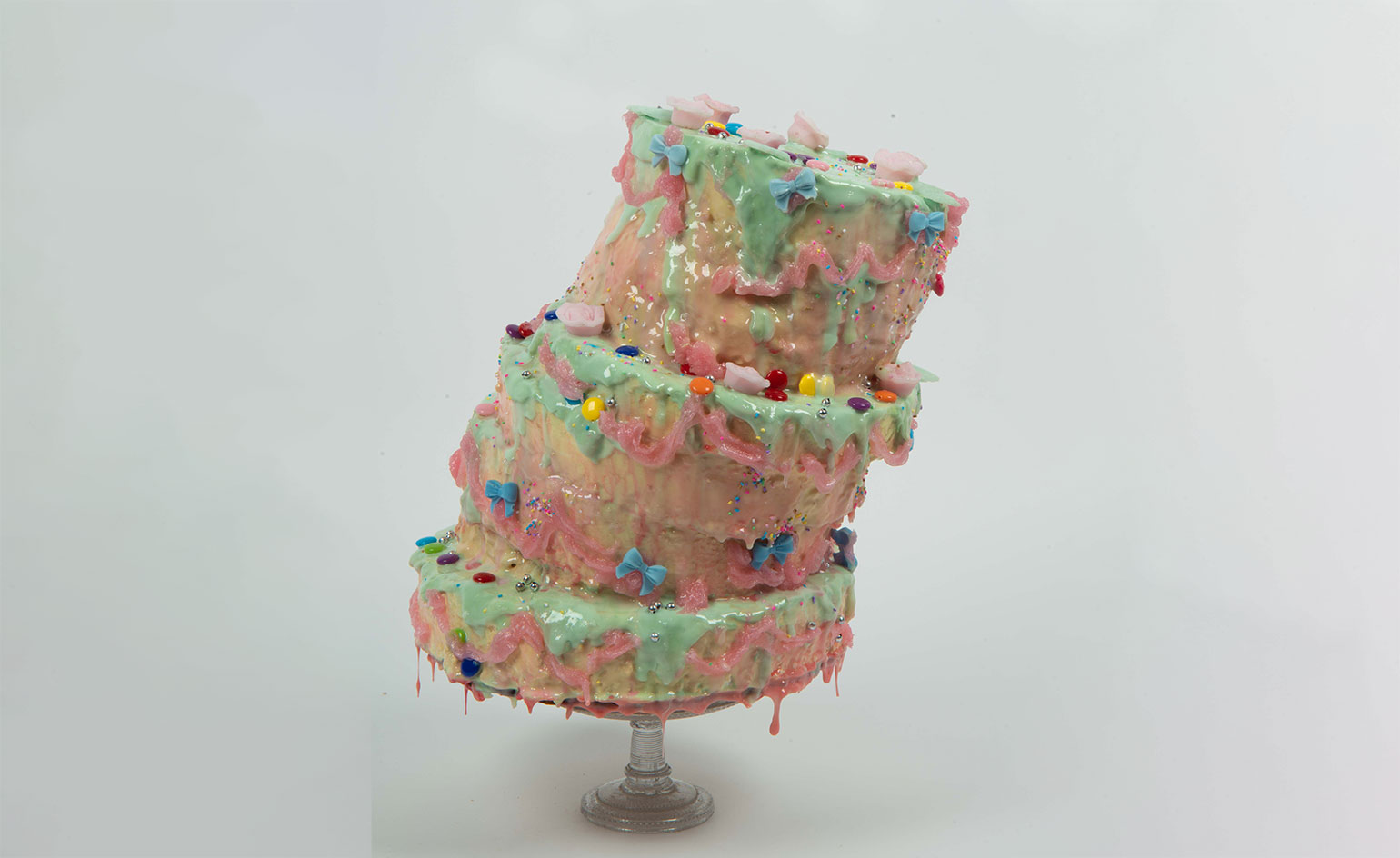 Alternative retail websites for fashionable festive gifting
Alternative retail websites for fashionable festive giftingLook to luxury etailers Rêve En Vert, APOC Store and Doda the Store, Aspect and Zero-Living for feel-good gifting options that support emerging creatives and artists, and have a sustainability-focused mindset
By Laura Hawkins
-
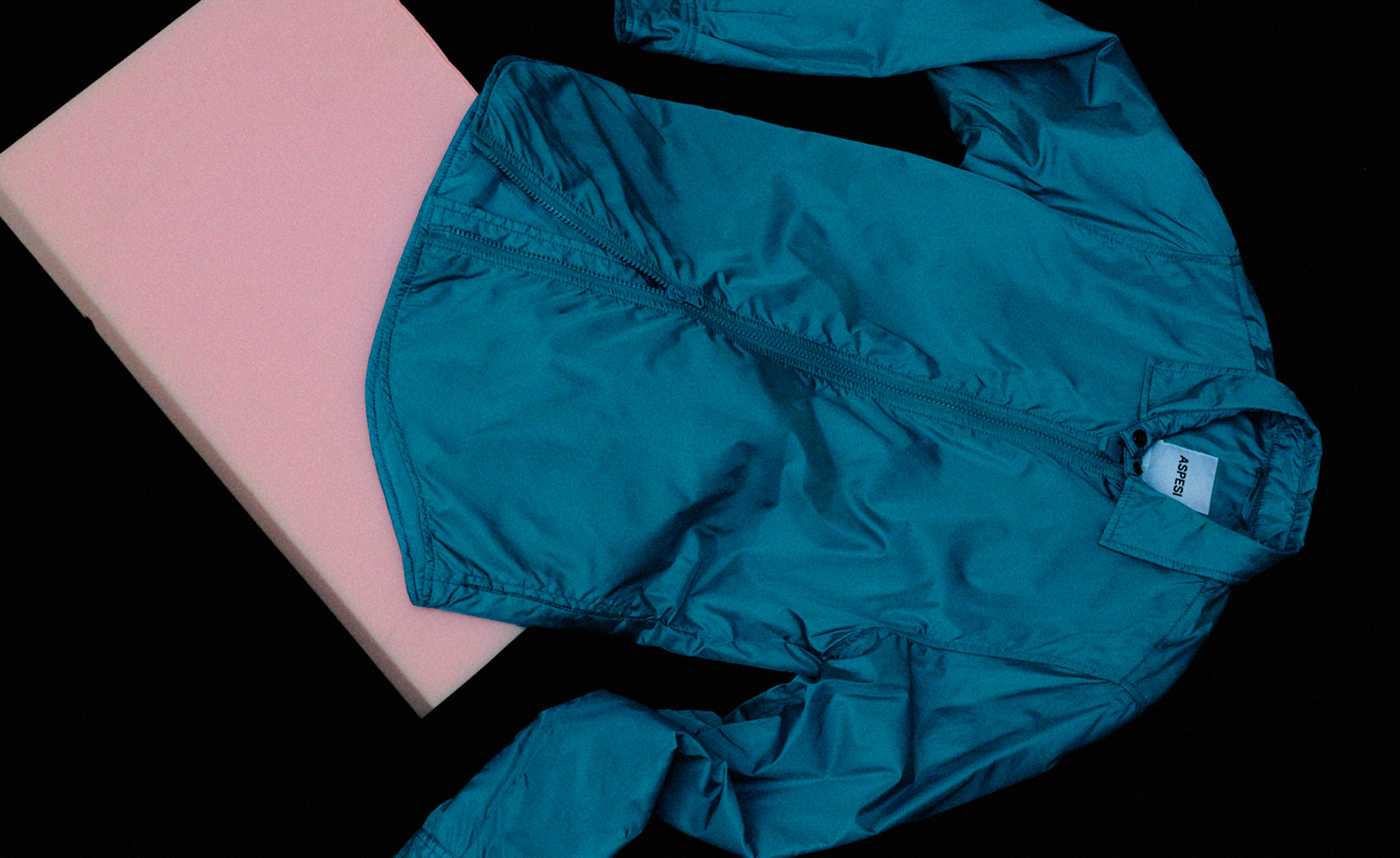 Aspesi’s upcycled shirt is a winter wardrobe staple
Aspesi’s upcycled shirt is a winter wardrobe stapleThe Italian brand's Shirt-Jacket 13 silhouette is well padded with eco-credentials
By Laura Hawkins
-
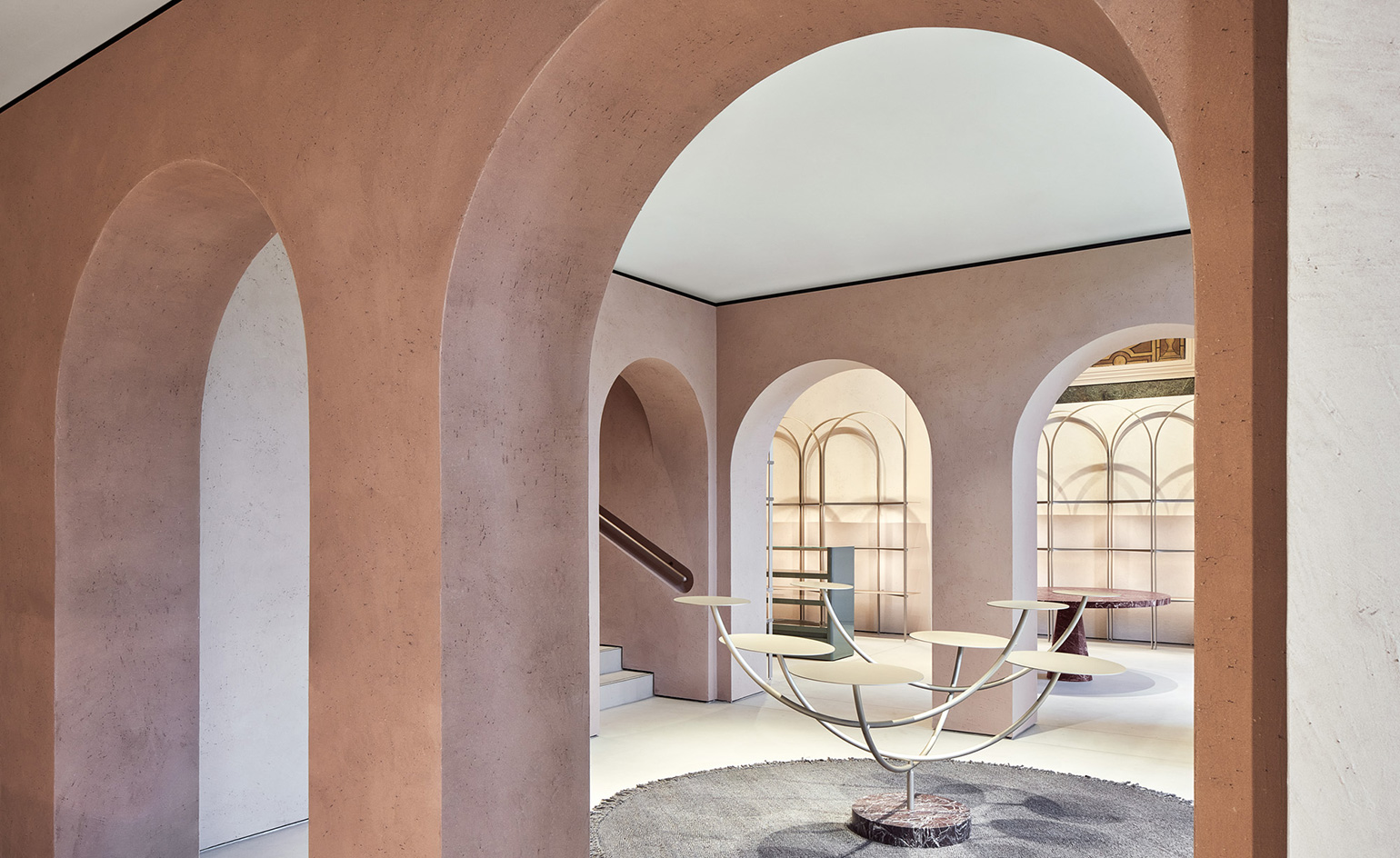 David Chipperfield designs Furla's new flagship in Milan's historic Piazza Duomo
David Chipperfield designs Furla's new flagship in Milan's historic Piazza DuomoGio Ponti, Vico Magistretti and Achille Castiglione inspire the brand's newest Milan boutique
By Laura Hawkins